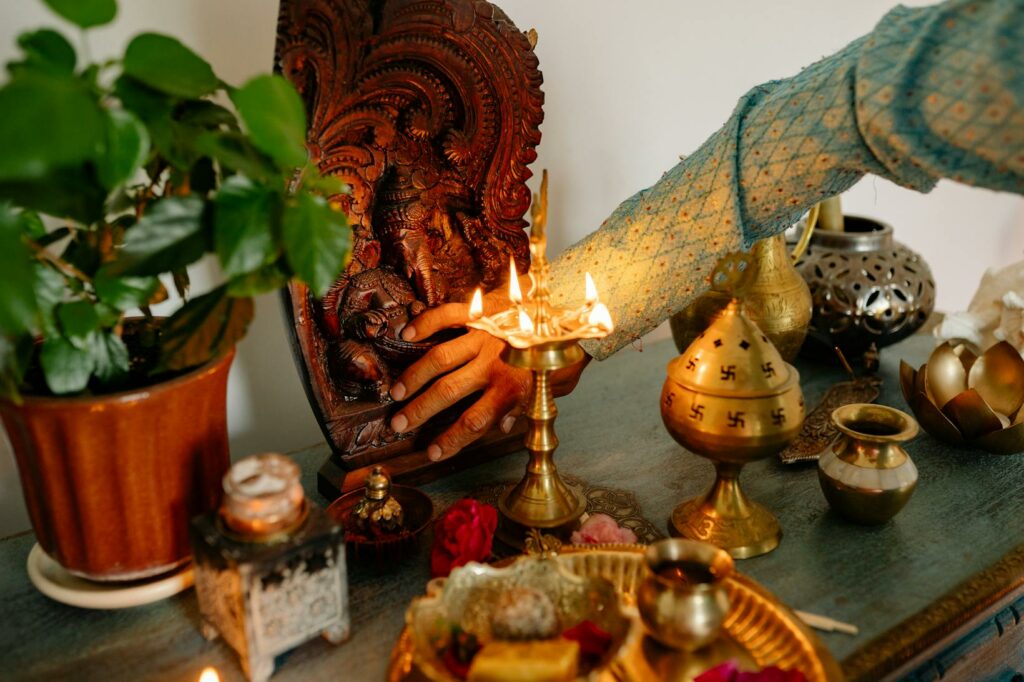From the rhythmic beat of Zulu drums to the intricate steps of the Rieldans, South Africa’s traditions are deeply rooted in its history. They’re a testament to the resilience and spirit of a nation that’s weathered storms and emerged stronger. In this article, we’ll delve into the fascinating world of South African culture and traditions, offering a glimpse into the heart of this colorful nation.
South Africa Culture And Traditions
Delving deeper into this mesmerizing tableau of South African culture and traditions uncovers the roots and influences that shape this vibrant society.
A Brief Historical Context
South Africa’s culture and traditions are born from a tapestry of historical influences. The country’s intricate past, traced back to millennia, has resonated through the ages. Archaeological findings suggest human habitation in the region, specifically at the Cradle of Humankind site, near Johannesburg, from as far back as three million years ago.
 Africa’s southernmost tip became a meeting point for diverse cultures due to its strategic positioning along ancient trade routes. The San (Bushmen) and the Khoi-Khoi people, known as the first inhabitants of Southern Africa, developed rich customs and art, evident in their intricate cave paintings. Bantu-speaking tribes migrated from Central West Africa around the first millennium AD, introducing Iron Age technology and pastoral farming methods.
Africa’s southernmost tip became a meeting point for diverse cultures due to its strategic positioning along ancient trade routes. The San (Bushmen) and the Khoi-Khoi people, known as the first inhabitants of Southern Africa, developed rich customs and art, evident in their intricate cave paintings. Bantu-speaking tribes migrated from Central West Africa around the first millennium AD, introducing Iron Age technology and pastoral farming methods.
European influence arrived in the 17th century with the Dutch East India Company establishing a resupply station at what is now Cape Town. The British seized control in the 19th century, setting the stage for the diamond and gold rushes. These developments spurred an influx of immigrants, further diversifying South Africa’s tribal composition. This diverse historical background undeniably influenced and shaped the culture and traditions that South Africans observe today.
Distinct Language Diversity in South Africa
South Africa boasts a remarkable array of languages. This linguistic miscellany imparts a unique vibrancy to the nation’s rich cultural tapestry.
Appreciating the Eleven Official Languages
The South African constitution recognizes 11 official languages, a testament to its incredible diversity. These languages include Afrikaans, English, Ndebele, Northern Sotho, Sotho, Swazi, Tsonga, Tswana, Venda, Xhosa, and Zulu. Each language carries with it a wealth of history, folklore, and cultural norms. For instance, the Zulu language, spoken by a significant number of the population, is rich in dialects, oral traditions, and proverbs. Comparatively, the unique blend of Dutch, African and other influences brought a formation of Afrikaans, a language born of South Africa’s soil. By appreciating these languages, one gains a more profound understanding of South Africa’s multifaceted cultural heritage.
The Role of Language in Cultural Identity
Language plays a crucial role in shaping cultural identity, as it’s deeply intertwined with history, cultural norms, values, and personal experiences. In South Africa, each of the 11 official languages serves as a vital marker of cultural identity. They are an emblem of the communities they originate from, suggestive of their unique customs and philosophies. For instance, the retention of clicks in the Xhosa and Zulu languages represents a linguistic tribute to their ancestral Khoi-San roots. Likewise, the usage of English and Afrikaans speaks volumes about the colonial past and its impact on modern South African society. Through language diversity, South Africa demonstrates the richness and resilience of its cultural identity.
South African Traditional Clothing: A Colorful Display of Heritage
South Africa’s traditional clothing mirrors its vibrant, multilayered cultures. Each outfit, distinct yet harmoniously merging, is a tapestry of historical, societal, and personal narratives.
Understanding the Meaning Behind the Colors 
In South African traditional clothing, each color tells a tale. For instance, blue symbolizes love and fidelity, often used in marital ceremonies. Red reflects strong emotions, such as love, anger, and sorrow, playing a crucial role in occasions of high emotional intensity. White, synonymous with purity and peace, features predominantly in religious and mourning ceremonies. Green signifies life and prosperity, marking celebration of milestones and invoking positive vibes.
Thus, the choice of color in South African attire isn’t merely aesthetic; it preserves narratives, emotions, and shared histories, materializing the cultural richness of this diverse country.
South Africa’s culture and traditions are a vibrant tapestry, woven from a rich history and diverse influences. Its 11 official languages speak volumes about the country’s cultural diversity and commitment to preserving its heritage. Traditional attire tells a story, with color symbolism playing a key role in narrative preservation. The nation’s music and dance scenes echo tales of resilience and freedom, while its cuisine offers a flavorful fusion of indigenous and foreign elements.



